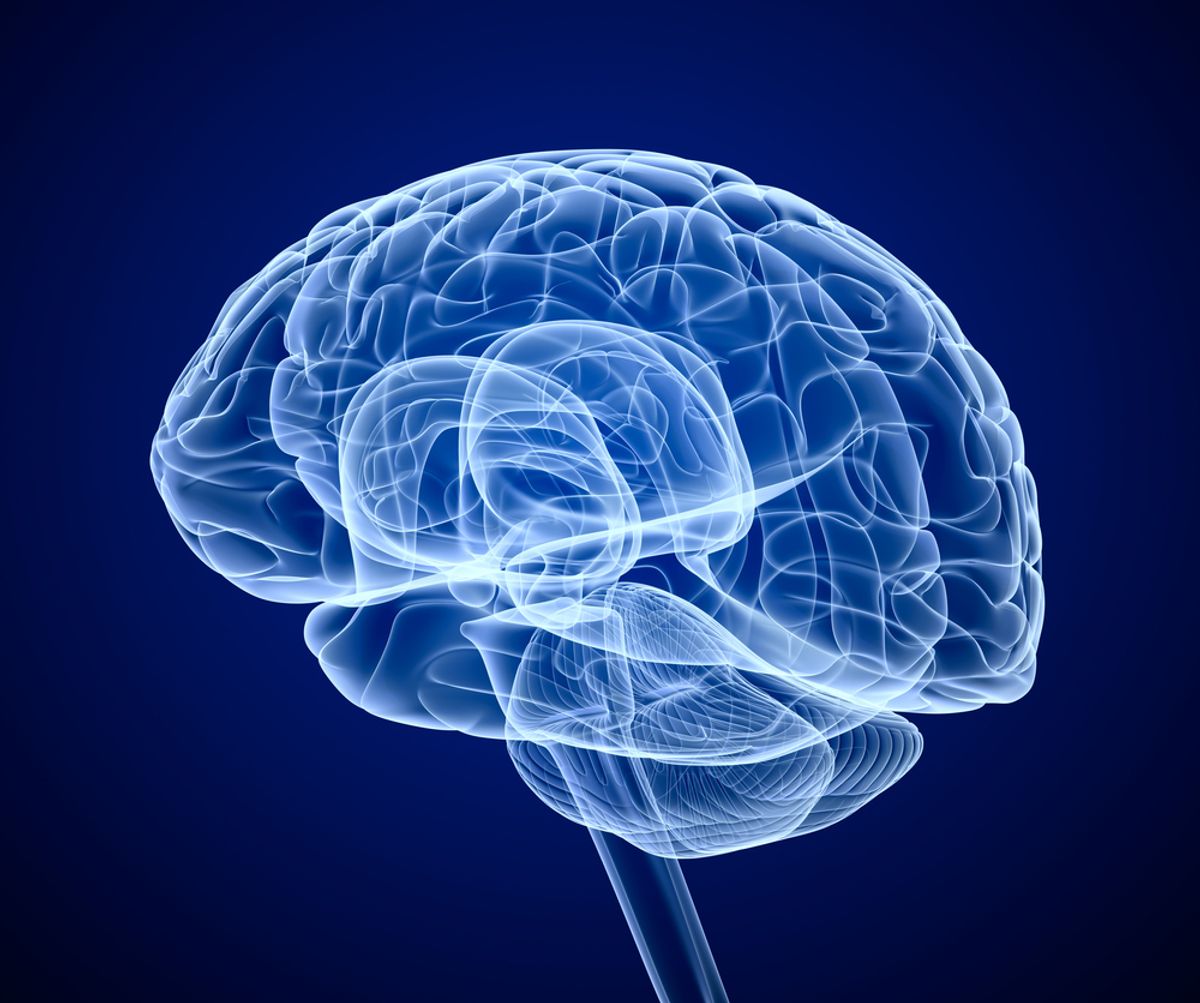Bioengineers at the Tissue Engineering Resource Center at Tufts University in Boston have created the most brain-like tissue yet. The tissue can live up to two months in the laboratory, and is incredibly similar in structure to a rat's brain, which according to the Washington Post is "a common substitute for human brains in the lab." Their research was published on Monday in the journal PNAS, and the researchers hope to use the fake brain tissue to study and understand brain dysfunction.
Currently, scientists must study petri-dish-grown neurons, which are two-dimensional and hardly resemble the brain's multilayerd complex structure.
The team, led by Tissue Engineering Resource Center director David Kaplan, created an innovative structure, built like a jelly doughnut. The brain-like tissue's 3-D design allows for compartmentalization of gray and white matter -- gray matter consisting mostly of the cell bodies of neurons, and white matter, which is made of axons. The Washington Post explains:
"The new model relies on a doughnut-shaped, spongy scaffold made of silk proteins with a collagen-based gel at the center.
"The outer scaffold layer, which is filled with rat neurons, acts as the grey matter of the brain. As the neurons grew networks throughout the scaffold, they sent branches out across the gel-filled center to connect with neurons on the other side. And that configuration is about as brain-like as lab-grown tissue can get. The basic structure can be reconfigured, too.
"By creating a model with six concentric rings, each populated with different types of neurons, the researchers were able to mimic the six layers of a human brain cortex."
Unlike neurons grown in petri dishes, which can only survive 24 hours, these jelly doughnut-shaped brains can last several months.
Already, the scientists have used the 3-D neurons to look at the effect of traumatic brain injury, and they hope to utilize them to look at a wide range of neurological diseases.
"With the system we have, you can essentially track the tissue response to traumatic brain injury in real time," Kaplan said. "Most importantly, you can also start to track repair and what happens over longer periods of time."
“It could help us answer questions about neurological diseases like Alzheimer’s,” Kaplan explained to the Washington Post, and could also be used to test the effect of drugs on diseases like depression.

Shares